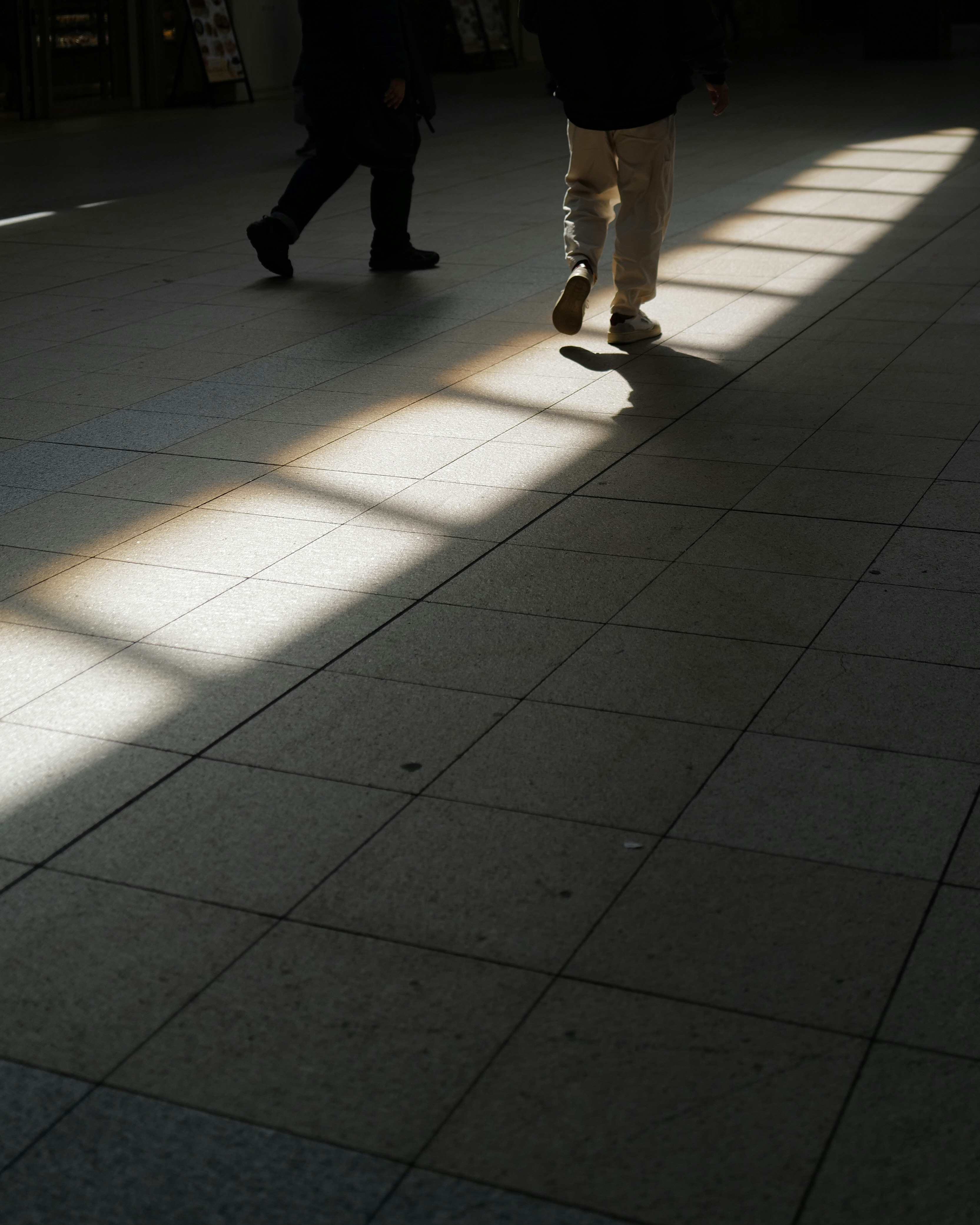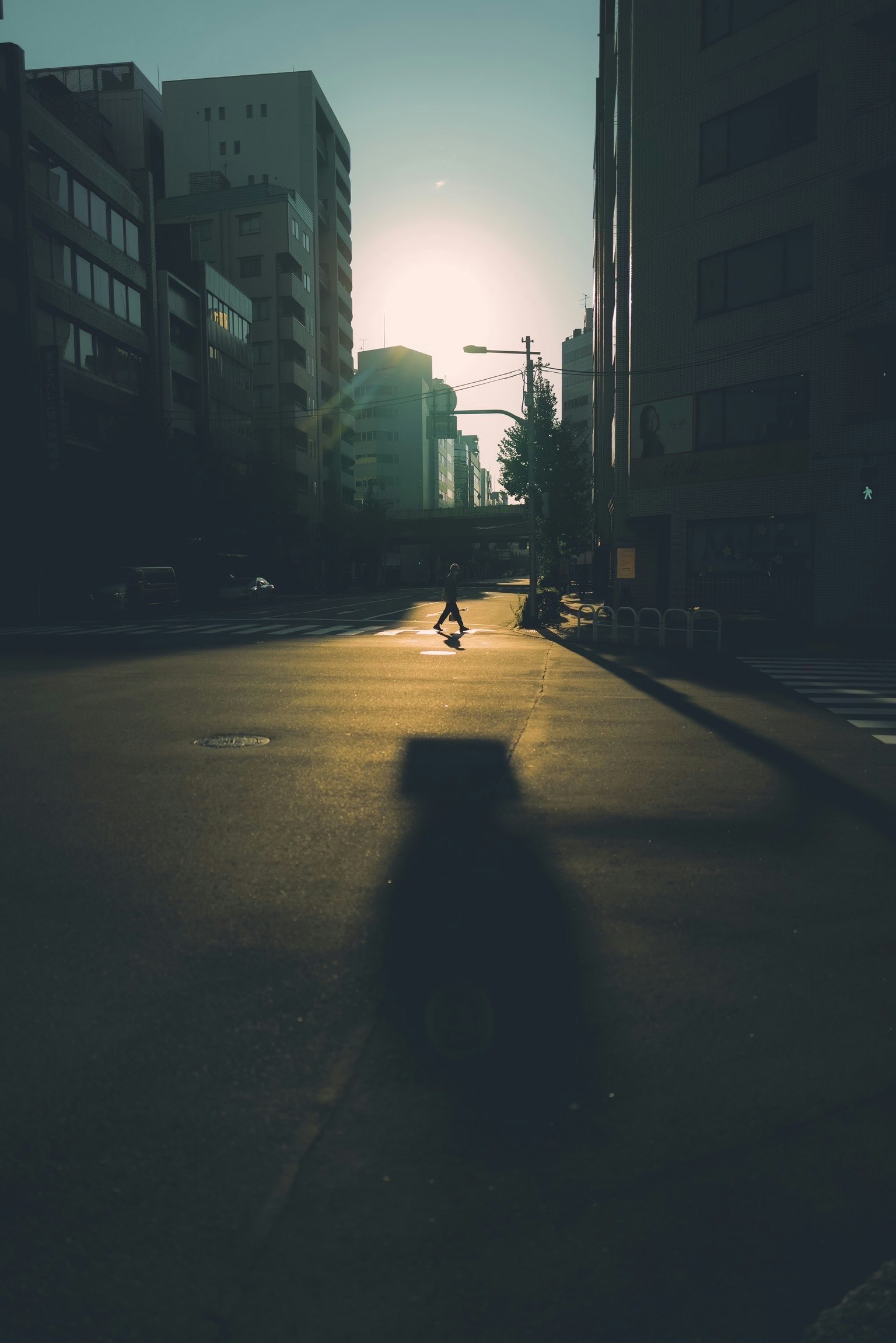
cover image by kento hirasue
When taking photos, are there elements you prioritize?
For example, composition, color, or perhaps 'light'.
Light is a crucial element that breathes emotion into photos and gives them expression. Did you know there are different types of light? This time, we focus on two types of light quality: 'hard light' and 'soft light', to inspire your photography.
Seeing Light: What is Hard Light?
Imagine a moment under direct sunlight where shadows are clearly drawn.

This is a typical example of 'hard light'. 'Hard light' refers to light that hits directly without any obstruction.
'Hard light' accentuates the details of the subject, creating strong contrast and vivid textures. It is ideal for capturing powerful or dynamic scenes, giving photos a lively impression.
Feeling Light: What is Soft Light?
Next, imagine gentle sunlight filtering through the trees.

This is the sentiment of 'soft light'. 'Soft light' spreads through clouds or curtains, gently enveloping the subject and softening shadows. It makes subjects appear flatter and warmer, making it ideal for portraits and still life photography.
Changing Texture with Light and Subject Distance
The texture of light changes significantly depending on how far the light source is from the subject. By being aware of this distance, you can choose how to express the light and what emotion or expression to imbue in your photos.

The closer the light source is, the 'harder' the light becomes. Conversely, the farther away it is, the 'softer' the light becomes. By applying this principle, you can control the quality of light according to the scene you want to capture.
The Subtle Emotions Painted by Light Traces
Light becomes a brush that infuses emotion into photos.

During sunrise or sunset, pay attention to the quality of light and direct your camera towards everyday scenes. The landscapes illuminated by light speak to the viewer's heart and have the power to evoke deep emotions.
By focusing on light and skillfully manipulating it, your works will begin to shine more vividly.



